In the wild world of big cats, adaptability is key to survival. Among the many beautiful and powerful species, leopards, lions, tigers, and jaguars each have a unique set of skills and adaptations. However, leopards are often considered the most adaptable of these large felines. This article delves into the reasons why leopards might hold this title, examining their habitat range, dietary flexibility, behavioral characteristics, and more.
Understanding Leopard’s Global Distribution

Leopards (Panthera pardus) boast the largest geographic distribution of any big cat. They are found in sub-Saharan Africa, through parts of North Africa, from the Middle East to Central Asia, and into the Indian subcontinent, Southeast Asia, and China. This expansive range signifies an incredible adaptability to diverse environments, from rainforests to semi-arid regions and mountainous areas.
Dietary Diversity: A Leopard’s Buffet
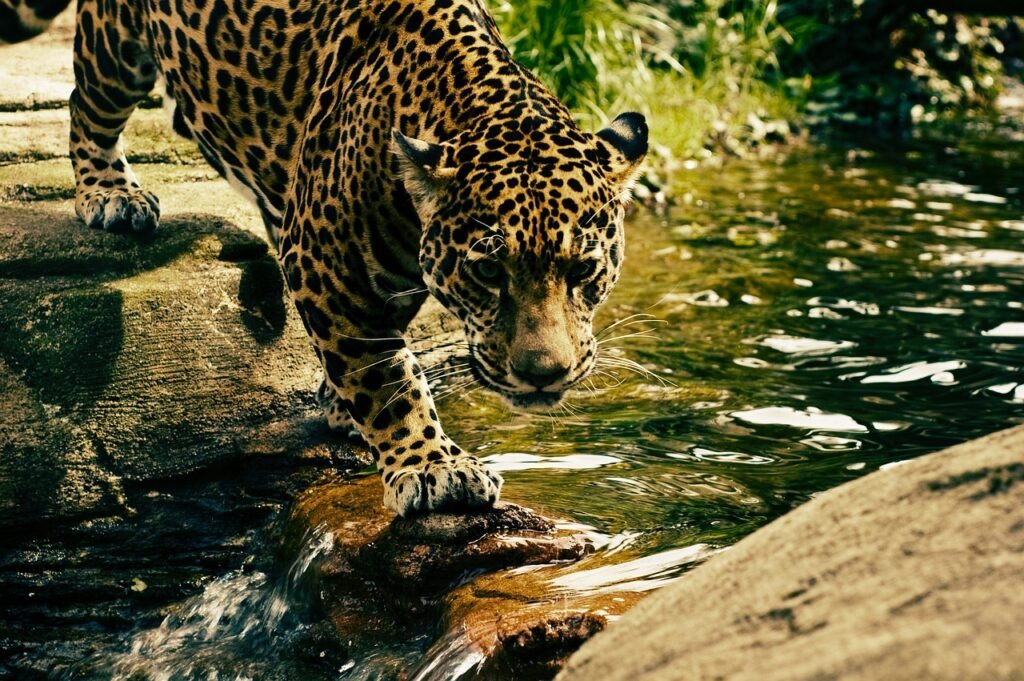
The leopards’ adaptability is prominently reflected in their diet. Unlike some big cats that have specific prey requirements, leopards have a varied diet that includes over 90 species. They are capable hunters of both small prey such as birds and rodents, as well as larger animals like antelopes and deer. Leopards have even been known to fish and scavenge when necessary, underscoring their dietary flexibility.
Camouflage and Stealth: Masters of Disguise

Leopards possess a strikingly effective camouflage, with rosetted coat patterns that help them blend into their surroundings. This is a crucial adaptation for stalking prey and avoiding detection by both quarry and potential threats. Their stealthy nature allows them to approach prey with remarkable quietness, making them efficient and versatile hunters.
Physical Adaptations: Built for Various Terrains
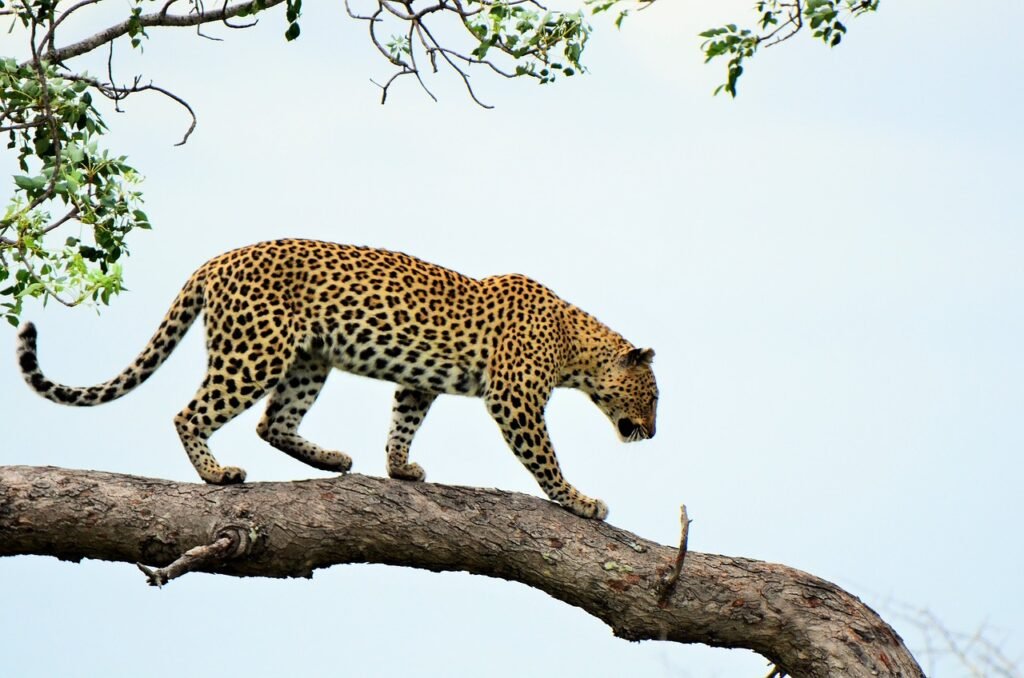
A leopard’s physical attributes further highlight its adaptability. They possess powerful limbs and a robust build for climbing trees, a skill used for both hunting and protection. Their muscular bodies and broad heads enable them to subdue large prey, while their retractable claws are essential for gripping trees and maintaining silence during the hunt.
Habitual Flexibility: Thriving in Diverse Habitats
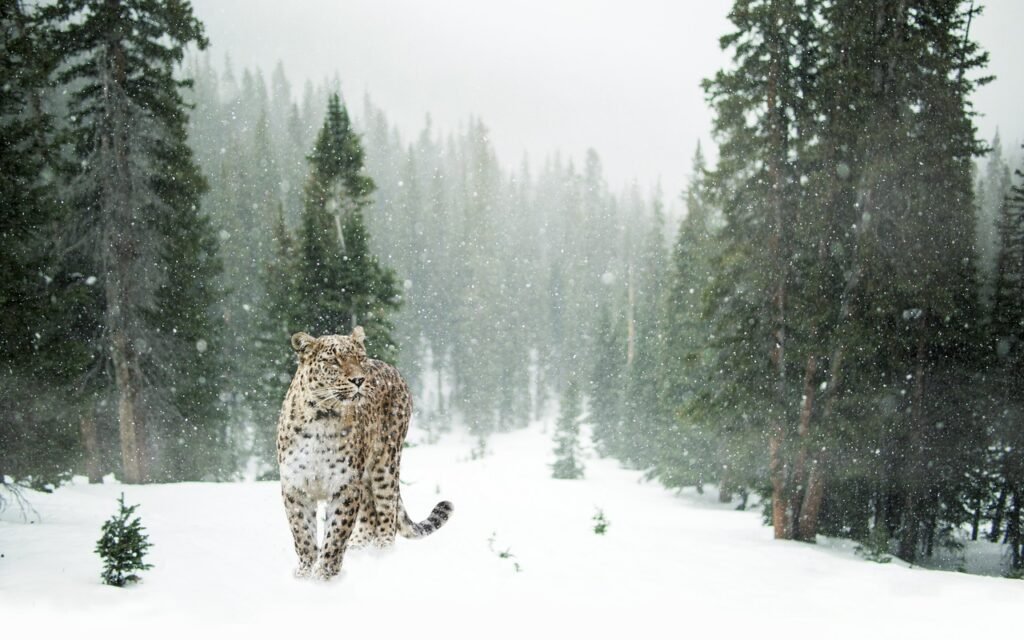
Leopards can thrive in a variety of environmental settings, including forests, grasslands, savannas, deserts, and even urban fringes. Their ability to survive in such diverse habitats is unmatched by most other big cats, showcasing their exceptional capacity to adapt to different climates and geographical challenges.
Solitary Nature: The Lone Hunter Advantage
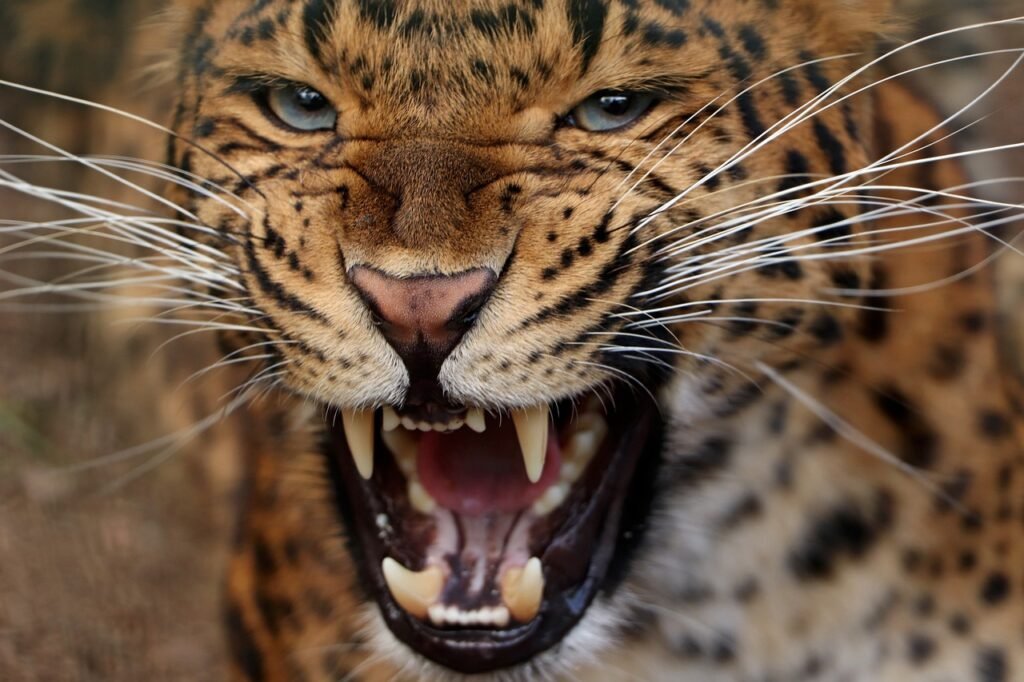
Unlike lions, which thrive in prides, leopards are predominantly solitary animals. Their solitary nature allows them to adapt to resource-scarce environments by reducing competition for food. This behavior enables them to inhabit areas that are not densely populated with potential prey, where only the most adaptable can thrive.
Prolific Reproduction: Ensuring Survival
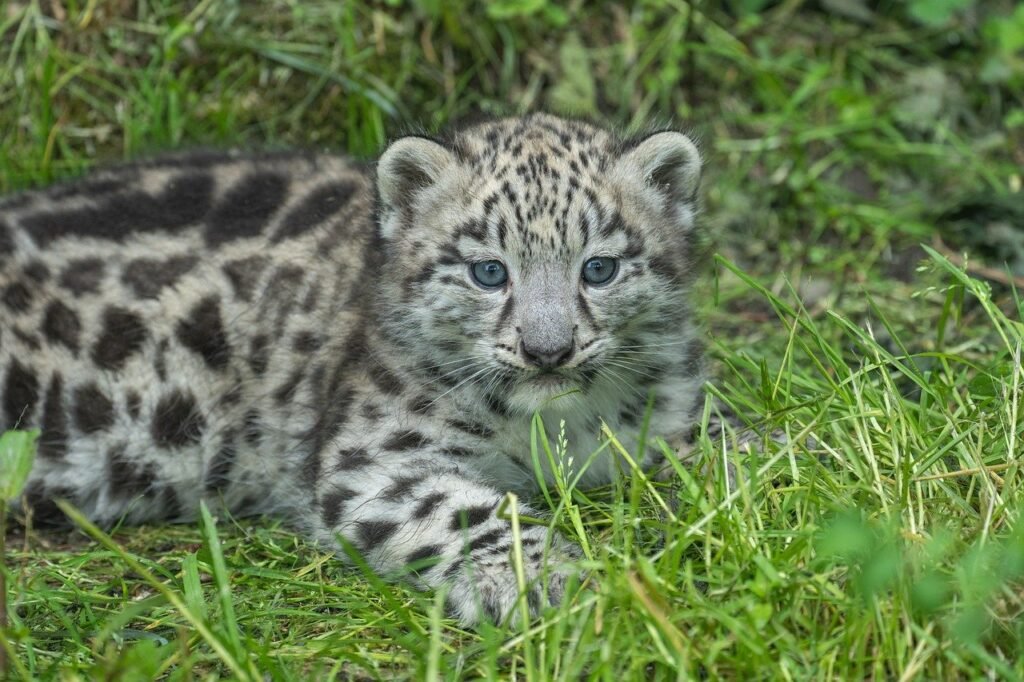
Leopards have a relatively short reproductive cycle and are capable of breeding all year round, providing them with a reproductive advantage. Females typically give birth to up to three cubs per litter, ensuring the continuity of their lineage. The high adaptability of cubs, who learn survival skills early from their mothers, further contributes to the leopard’s thriving numbers in various habitats.
Leopards vs. Other Big Cats: A Comparison
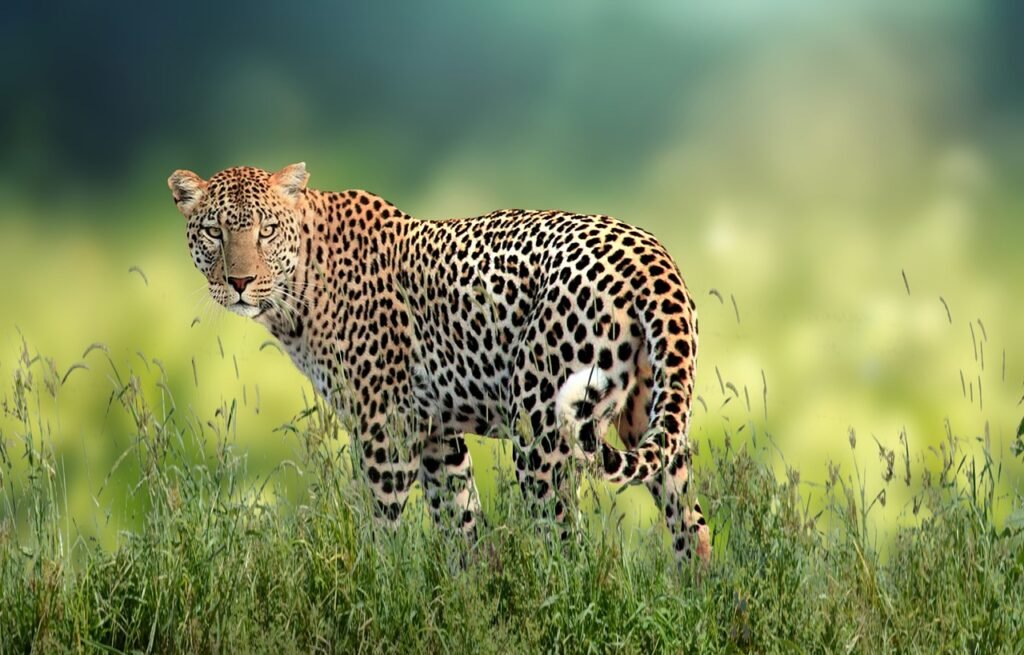
When compared with tigers, lions, and jaguars, leopards demonstrate greater flexibility. Tigers have more habitat-specific and prey-specific needs, lions’ pride system requires more consistent resources, and jaguars are constrained to the Americas. In contrast, leopards’ versatility in habitat and diet, coupled with solitary behavior, gives them an edge, making them the most adaptable big cat.
Conclusion: The Perfect Adaptation Machine
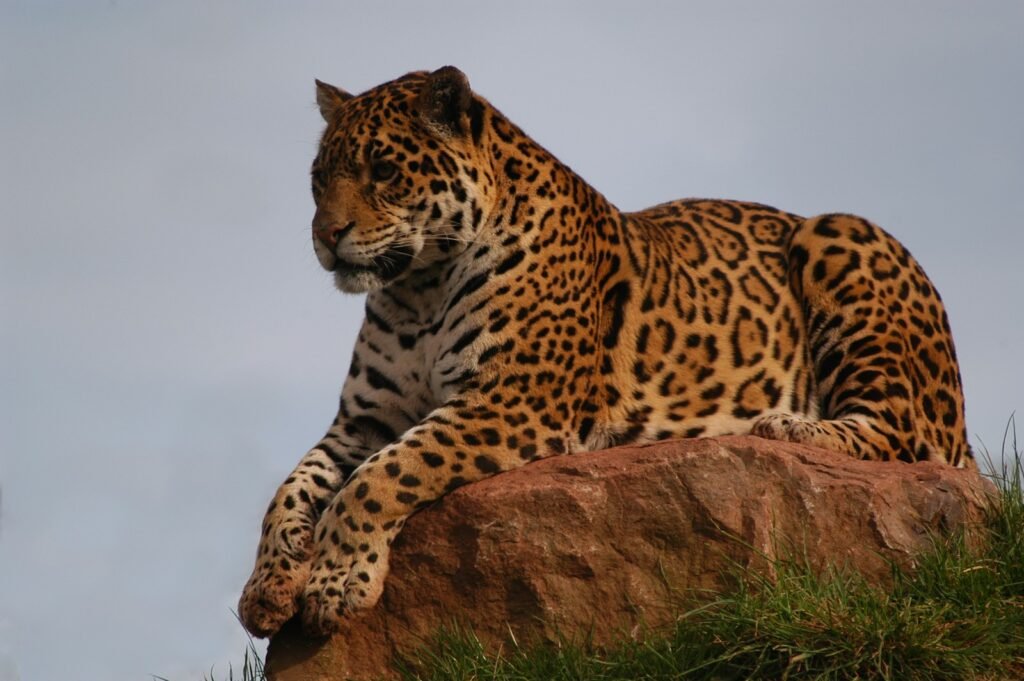
Leopards embody the essence of adaptability among big cats. Their vast distribution, diverse diet, remarkable physical and behavioral traits, and flexible habits all contribute to their unparalleled adaptability. As environmental pressures and human activities continue to impact wildlife, the leopard’s ability to adjust and survive in changing conditions makes it a fascinating subject of study for both scientists and wildlife enthusiasts alike.

Growing up traveling and experiencing new cultures and wonders, I have had a passion for nature, adventuring, photography, and videography. I am currently working towards a BSc in Biodiversity and Ecology at Stellenbosch University, and I hope to specialise in Marine Sciences one day.
Please send any feedback to Feedback@animalsaroundtheglobe.com






